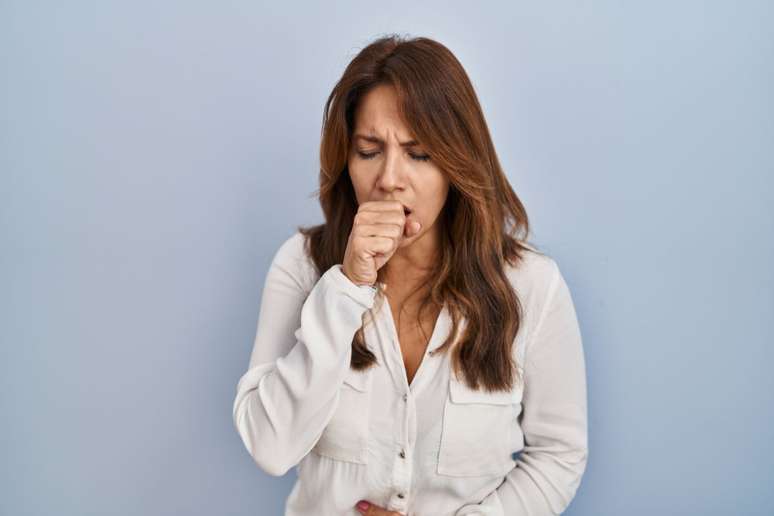Pulmonologist clarifies the main doubts about pneumonia. Watch!
A pneumonia It is a disease that manifests itself in the lower airways, reaching the air sacs of the lungs, called alveoli.
“It can affect one or both lungs and lead to accumulation of fluid or pusmaking gas exchange difficult,” says the Dr. Michelle Andreatapulmonologist at Saúde no Lar.
Types of pneumonia
According to the doctor, pneumonia can be classified into different typesthe main ones are:
- viral pneumonia: It happens due to contamination by a virus (flu, for example).
- bacterial pneumonia: caused by bacteria, such as Streptococcus pneumoniae.
- aspiration pneumonia: resulting from inhaling food, liquids, or saliva into the lungs.
- fungal pneumonia: caused by a fungus and tends to be more common in immunocompromised patients.
- community acquired pneumonia: It occurs in people who have not had recent contact with hospital environments.
- hospital acquired pneumonia: acquired in hospital or long-term healthcare settings and often associated with more resistant pathogens
“A Bacterial tends to be more serious than viralwith acute symptoms and potential for complications. Aspiration pneumonia is related to difficulty swallowing or reflux and can generate a secondary bacterial infection. Fungal disease has a slower progression”, summarizes the pulmonologist.
Symptoms of pneumonia
The main symptoms of pneumonia I am:
- High fever;
- dry cough or cough with purulent/bloody sputum;
- difficulty breathing;
- chest pain;
- fatigue;
- weakness and malaise;
- chills;
“There is the silent pneumoniawhich does not present very obvious symptoms. It is more common in the elderly, children and people with compromised immune systems,” says the doctor.
You risk factors Risk factors for pneumonia include older age, smoking, chronic lung disease, low immunity, chronic medical conditions such as diabetes and heart failure, and recent hospital admissions.
What causes pneumonia?
“Pneumonia can be caused by a variety of pathogens, including bacteria (such as Streptococcus and Mycoplasma pneumoniae pneumonia)viruses (such as influenza and respiratory syncytial virus), fungi, and aspiration of foreign substances,” Dr. Michelle replies.
Is pneumonia communicable?
YES, pneumonia is communicable. It is worth remembering that viral infections are more contagious than bacterial infections.
“Pneumonia can be transmitted respiratory droplets from an infected person. Transmission occurs by inhaling these droplets or by touching contaminated surfaces and touching the face. Hygiene measures, such as washing hands and covering the mouth when coughing, are essential to prevent it.”
Diagnosis of pneumonia
For diagnose pneumoniaIn addition to the clinical history and physical examination, additional tests are also required, including chest x-ray, complete blood count, sputum and blood cultures, PCR, and serology.
Treatment of pneumonia
OR pneumonia treatment is determined based on the type and severity of the infection. “For bacterial pneumonia, it involves the use of antibiotics. For fungal pneumonia, antifungals are prescribed,” says Andreata.
In some cases, the oxygen therapy Or the mechanical ventilation may be necessary to restore adequate oxygen levels in the blood and aid the patient’s recovery.
“Good hydration and analgesic and antipyretic drugs also help in treating pneumonia,” he concludes.
Source: Terra
Ben Stock is a lifestyle journalist and author at Gossipify. He writes about topics such as health, wellness, travel, food and home decor. He provides practical advice and inspiration to improve well-being, keeps readers up to date with latest lifestyle news and trends, known for his engaging writing style, in-depth analysis and unique perspectives.








